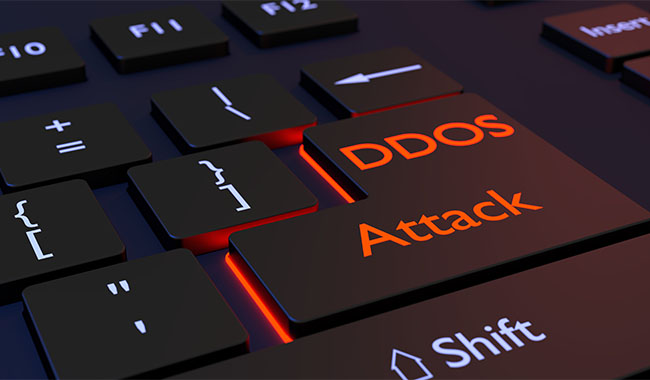The Effects of Denial of Service
Scenario 1
When a user’s network has been compromised by a denial-of-service attack, he or she has no ability to power on their machine and gain access to information. This is a dangerous threat agent every time it occurs, but the negative impact rises in correspondence with the data the system protects. If the user is a student, he or she may experience the loss of some academic and financial data. If the user is in charge of managing a critical infrastructure, he or she becomes directly responsible for removing the threat agent before it can gain access to SCADA and PLCs in order to ensure availability and security of a territories’ citizens. Depending on the type of data in storage on the user’s computer, the denial-of-service attack could cause the hacker to gain unauthorized access to passwords, documents, programs and other areas on the OSI model.
Scenario 2
When a user experiences a denial-of-service attack, and it results in 10% reduction in system processing, this always generates a negative indication for the user and his or her organization. Even though it is better to have 90% network and system functionality, regaining control of the 10% has a direct impact on the organization’s ability to provide the availability of products and services, especially critical infrastructures. These types of attacks have the ability to take down the electric grid, water supply, and other critical areas affecting entities and their citizens. Cybersecurity professionals understand that no network or system will be 100% secure at all times, but instead they strive to make availability as closes to 99.999% as possible, which may represent only a few hours or minutes of downtime for the network and systems.

